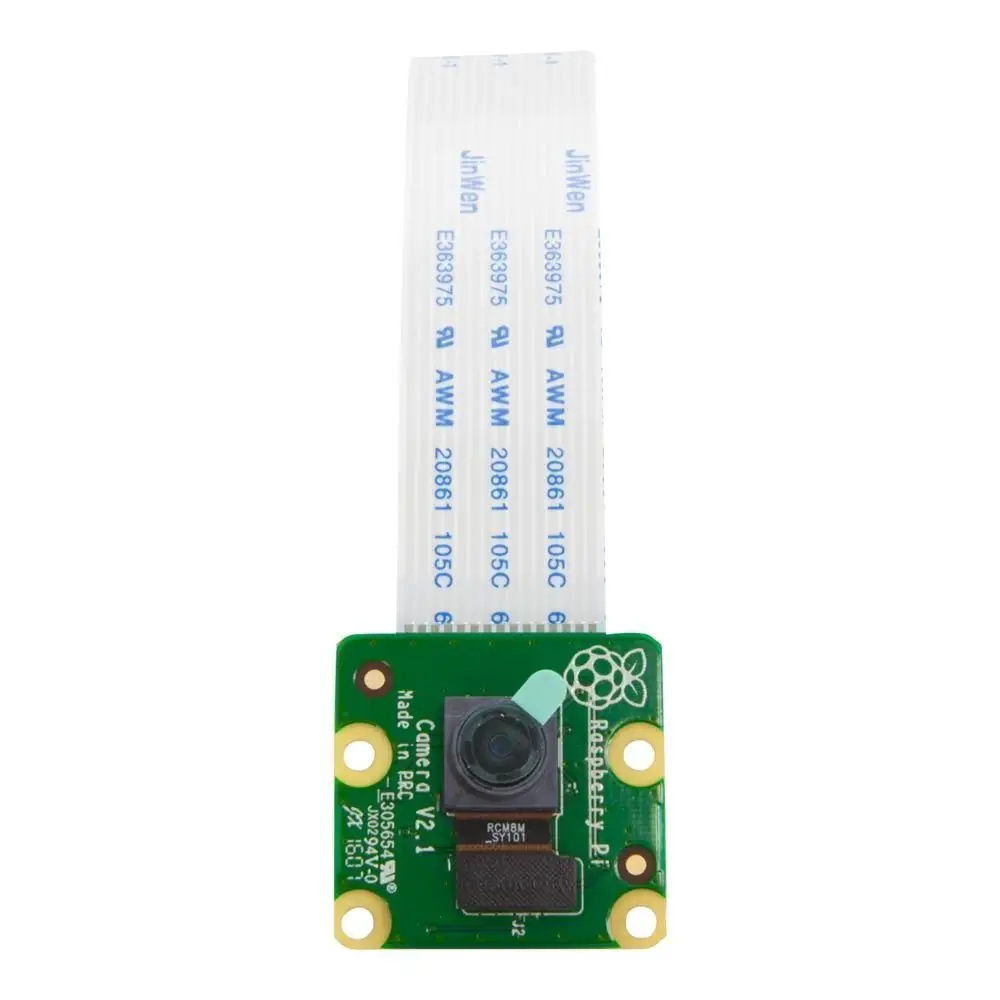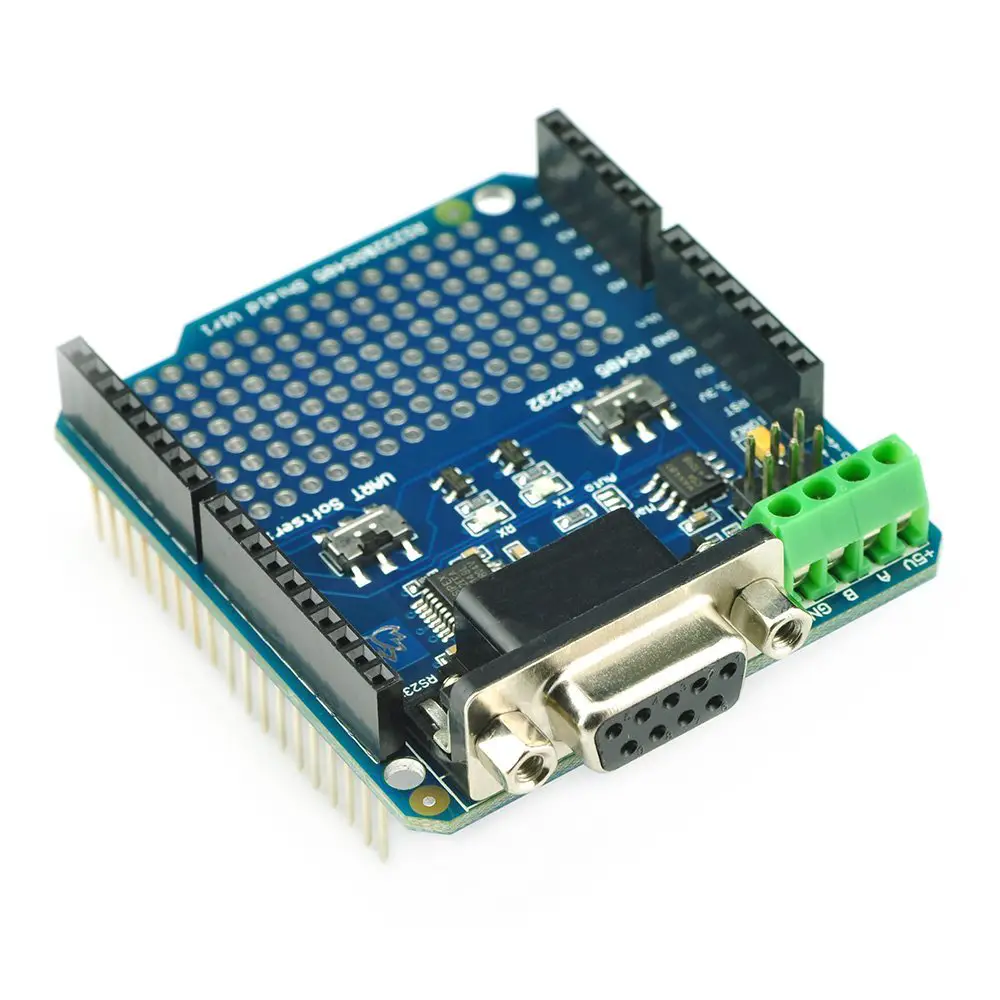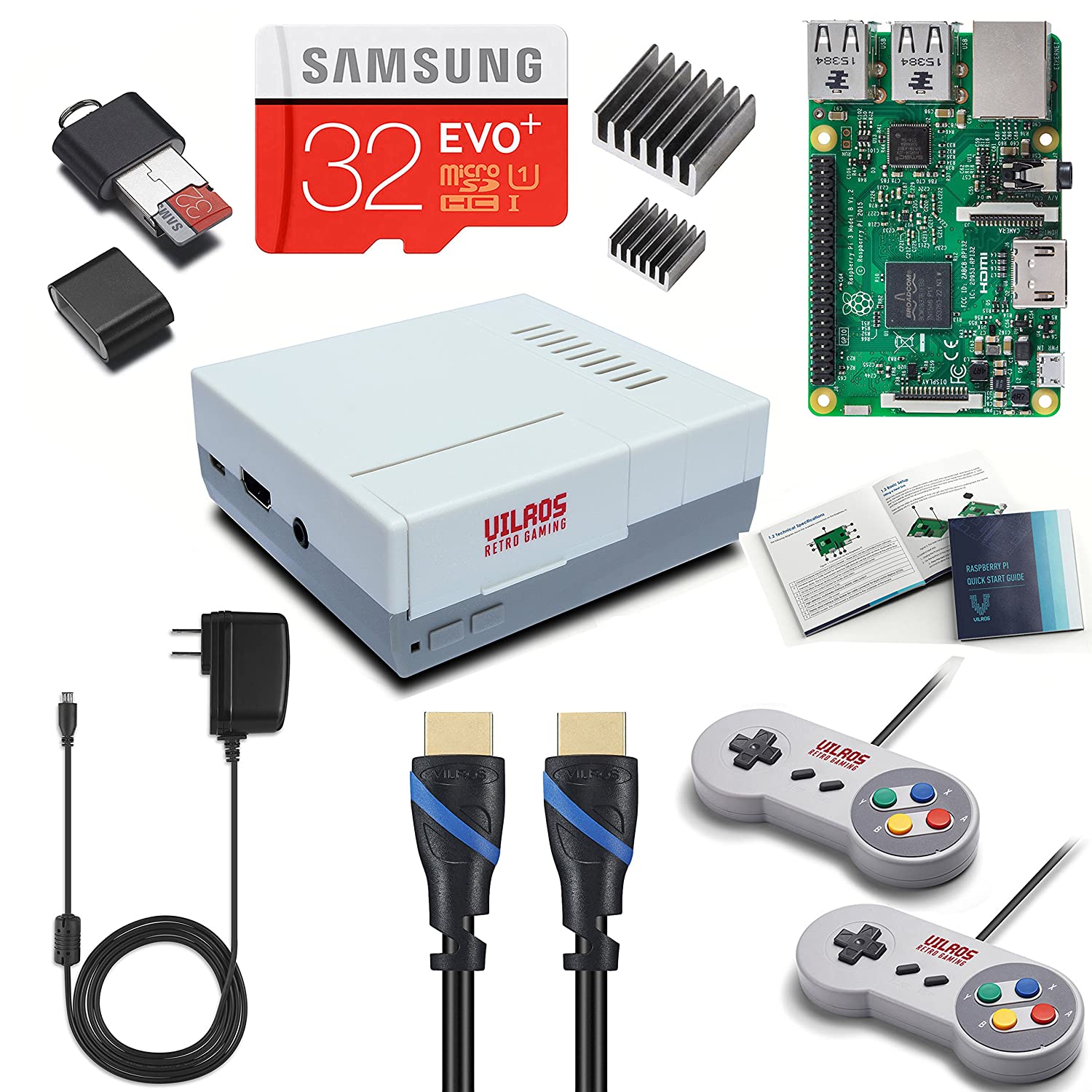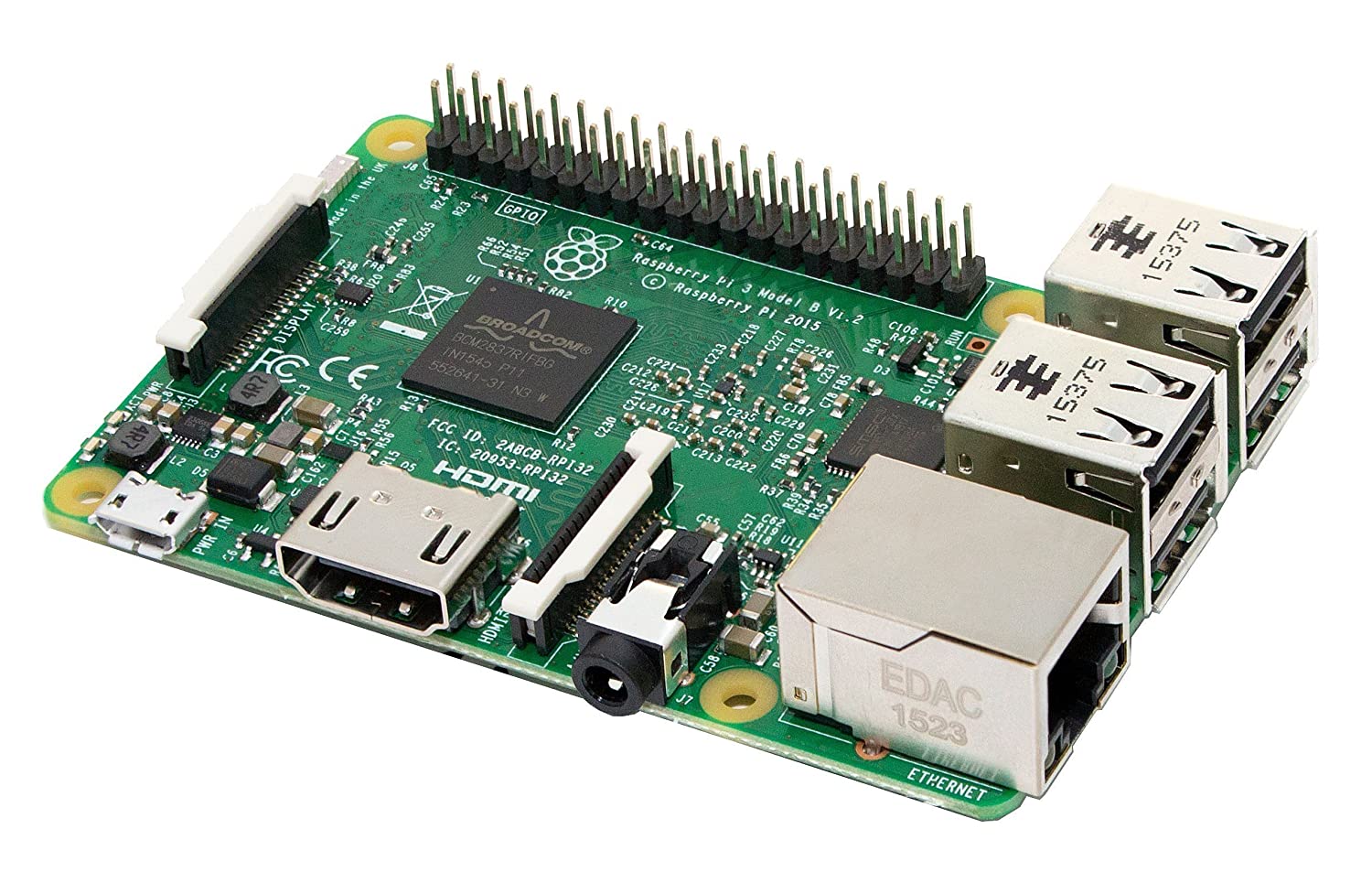; Date: Tue May 14 2019
Tags: Jetson Nano »»»» Linux Single Board Computers »»»» DIY AI Hardware »»»»
The Jetson NANO board is a Linux Single Board computer, packaged with GPIO pins and other things meant to be attractive to DIY hardware hackers. While the main CPU is a Quad-core ARM A57 @ 1.43 GHz, what makes this interesting is the 128-core Maxwell GPU by Nvidia. Nvidia is the manufacturer of this board, and the GPU is there to support experimenters developing GPU-based artificial intelligence software.
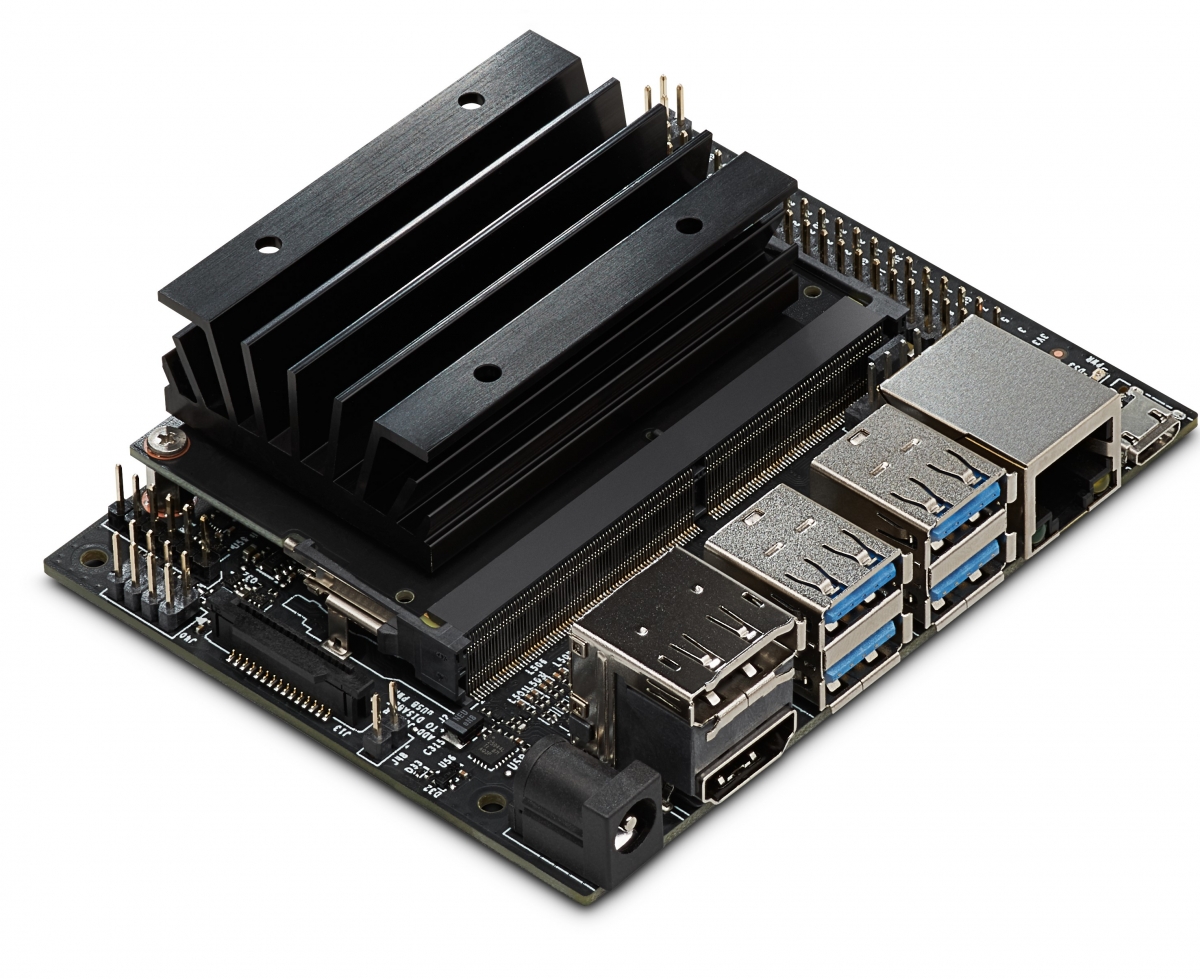
Let's start with the technical data:
| Technical Specifications | Data |
|---|---|
| GPU | 128-core Maxwell |
| CPU | Quad-core ARM A57 @ 1.43 GHz |
| Memory | 4 GB 64-bit LPDDR4 25.6 GB/s |
| Storage | microSD (not included) |
| Video Encode | 4K @ 30 |
| Video Decode | 4K @ 60 |
| Camera | 1x MIPI CSI-2 DPHY lanes |
| Connectivity | Gigabit Ethernet, M.2 Key E |
| Display | HDMI 2.0 and eDP 1.4 |
| USB | 4x USB 3.0, USB 2.0 Micro-B |
| Others | GPIO, I2C, I2S, SPI, UART |
| Mechanical | 100 mm x 80 mm x 29 mm |
For a Single Board Computer the CPU and memory are good, but not the highest. Having 4GB of memory means this board will be able to run some demanding software. It has a good selection of USB ports and Gigabit ethernet, but no on-board WiFi. The hardware I/O is very useful for integration into a device like a robot.
The primary focus of this is the GPU, which is decidedly high end.
What Nvidia says is:
NVIDIA Jetson Nano Developer Kit is a small, powerful computer that lets you run multiple neural networks in parallel for applications like image classification, object detection, segmentation, and speech processing. All in an easy-to-use platform that runs in as little as 5 watts.
While this can run many different operating systems, NVIDIA pushes a version of Ubuntu. With that OS you can access a large variety of AI software that can be easily configured to utilize the GPU.



